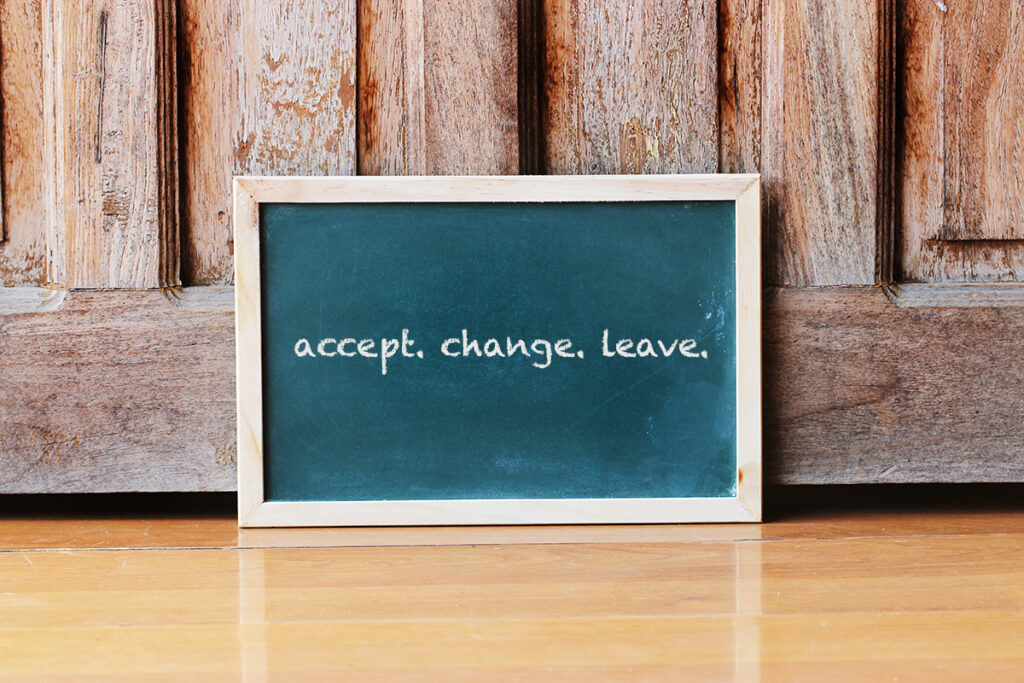Take a Chance
Julie Cox
In education, there is nothing as exciting as trying something new. There is also nothing as frightening. The idea that a new idea may captivate, inspire, and motivate 30 young minds to new learning is thrilling. The idea that a new idea may completely flop in front of 30 young minds is horrifying.
But nothing good comes without taking the risk of failure.
As a young teacher, I was notoriously risk-averse. I planned and re-planned, and even when I tried something new, it was generally a variation on something I felt sure would work. But as I grew as a teacher, I realized several things that helped me learn to relax and take more risks in my classroom.
Risk-taking is a good group effort.
In my early years of teaching, my work was solitary. As the only freshman English teacher in a small school, I stayed in my room, did my work, finished it after school, and went home. I was so focused on figuring out the best way to teach my content that I didn’t realize that the best way is often collaborative. When I moved to a much bigger school, I had a built-in team of freshman teachers, collaborating teachers, and a grade-level partner with whom I could plan. Instead of sitting at my desk writing ideas and crossing them out, I could sit with my teammates and brainstorm.
My teammates and co-teachers encouraged and inspired me, and their ideas were usually things I wanted to do too. “What if” became a really fun thing to say as we tossed around ideas. Often, they suggested things that were uncomfortable for me, because I wanted to be in control of every aspect of my classroom. When my grade-level partner wanted to do readers theater with our poetry unit, I did not want to join her because I was afraid of everything that could go wrong . . . but I also didn’t want my students to miss out on a potentially creative and fun expressive experience. I took a deep breath and agreed. The experience was both enjoyable and beneficial to our students, and I learned to trust the power of collaboration and of releasing control in my classroom.
Even when you “fail,” risk-taking pays off.
In the summer of 2008, I participated in my area’s chapter of the National Writing Project. It was six weeks of inspiration, writing, and reading together, and I soaked in every moment. I returned to school at the end of the summer absolutely full of ideas, particularly in regard to technology, which at that time was difficult, because we were years away from being one-to-one. Undeterred, I launched into my new, engaging plans for my students, including teaching them how to use Google Docs long before schools were doing this as a matter of course.
These attempts were not universal successes. I did not set up clear expectations for using Google tools at first, and since students really had little experience even using their own email addresses, they didn’t have much background to help them. Since the school didn’t use Google as a default, students had to make their own accounts, and when they could never remember the passwords, I had no way to retrieve them. Many students quickly hated Google tools and didn’t participate. I was discouraged, and, feeling a little foolish, I stopped whole-class usage of most of my technology ideas early in the year.
And yet, all the way up to and through their senior years, students came back to my freshman classroom to tell me how they were still using Google tools to collaborate and work on both school assignments and their own projects. It surprised me, and their enthusiasm kept me looking for more interesting collaborative ideas. The possibilities had clicked for students and for me, and had opened doors that we had not yet imagined. A few years later, Google tool usage became more mainstream, and all kinds of educational programs similar to things we had tried appeared even in elementary classrooms. Because of the risks we had taken, my students and I were ready.
Risk-taking inspires students to take chances.
We all know how important it is to be willing to share our own writing with students, but I’ll never forget the first time I actually did it. I clicked on the ELMO, and my words filled the projector screen. “I’d love it if you could help me revise my introduction,” I said, managing to keep the nerves out of my voice. I explained my thoughts behind the fairly personal piece, and I read the intro aloud. Then I waited.
One student raised her hand and said something she liked about the introduction. Then another asked why I had chosen to start a sentence with a conjunction. I eased into the conversation as more students joined, and slowly let out my held breath.
After their mostly kind comments and suggestions were finished, I let students go to work, but I heard a shift in the way they asked each other questions and shared their writing. One student changed her topic, because after hearing what I was willing to write, she realized that she could explore similar topics.
Sharing writing with students got easier the more I did it, but that first time, it felt a little terrifying. But, like most ventures in the pursuit of helping students grow, it was a risk worth taking for me and for them. When we take risks in the classroom, we are more available to receive our students’ good ideas. We say yes more often and encourage our students to try new things with their writing and reading, because we have become professional risk-takers, and we know how to help them when they fail.
https://choiceliteracy.com/article/take-a-chance/

No comments:
Post a Comment